Infectious Diseases and Pathology of Reptiles, Color Atlas and Text, 2nd Edition
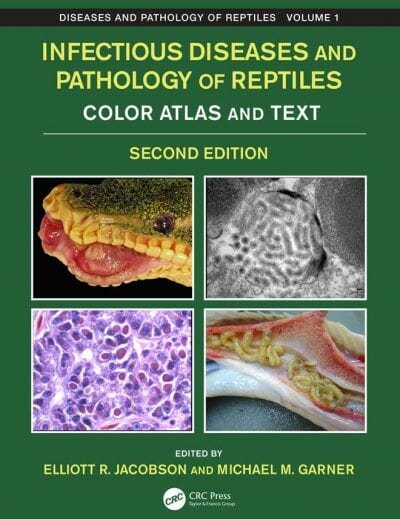
By Michael M. Garner and Elliott R. Jacobson
Infectious Diseases and Pathology of Reptiles, Second Edition provides definitive information on every aspect of the anatomy, pathophysiology, and differential diagnosis of infectious diseases affecting reptiles. It features stunning high-quality color photos of normal anatomy and histology, as well as gross, light, and electron microscopic images of infectious diseases of reptiles. Editor Elliott Jacobson draws on his own photography collection, and his wealth of experience spanning over 40 years in the research of infectious diseases and veterinary care of reptiles. Already a comprehensive reference, a new volume covering noninfectious diseases of reptiles has now been added to create a two-volume set, Diseases and Pathology of Reptiles.
Beginning with a thorough review of the biology, anatomy, and histology of reptiles, Volume 1 covers all major systems and provides the most complete single source for color images of reptile histology, hematology, and cytology. Volume 1 addresses the mechanism of reptile immunology and the response to pathogens, and explains how immunological response is key to differential diagnosis. It provides an overview of electron microscopy, complete with electron micrographs of reptile pathogens, and introduces the necessity of molecular methods for diagnosis. Finally, this volume devotes several chapters to the viral, bacterial, fungal, and parasitic diseases known to reptiles, and methods for isolating these pathogens.
With up-to-the-minute data, an array of sharp and high-quality images, and a panel of expert contributors, this new edition of Infectious Diseases and Pathology of Reptiles is the definitive resource for veterinary pathologists, zoo or wildlife veterinarians, and the increasing number of private practice veterinarians seeing reptiles kept as exotic pets. It is also ideal reading for veterinary students specializing in exotics, candidates for ACZM accreditation, and private breeders and hobbyists.
This Book is Available For Premium Members Only

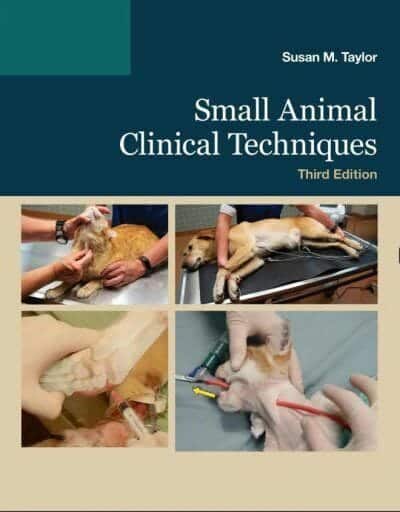
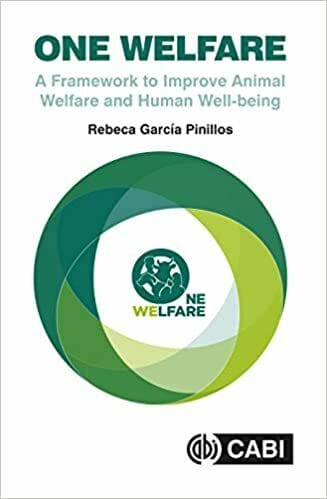
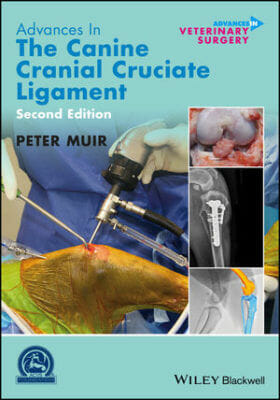
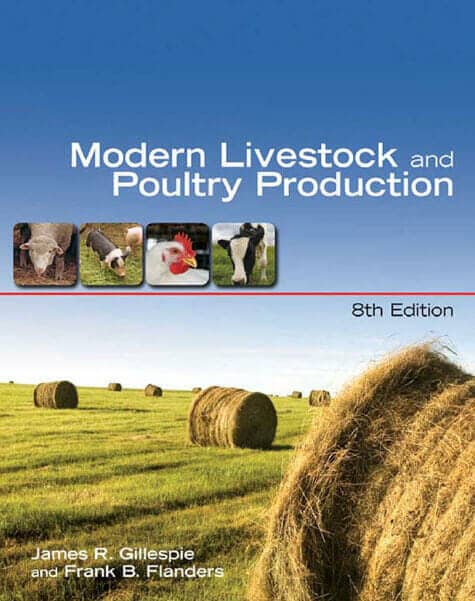
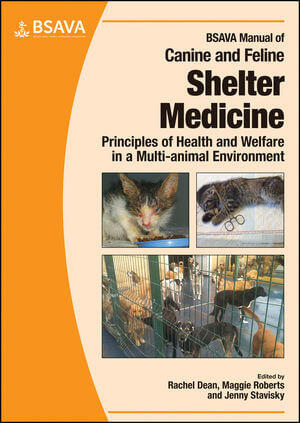
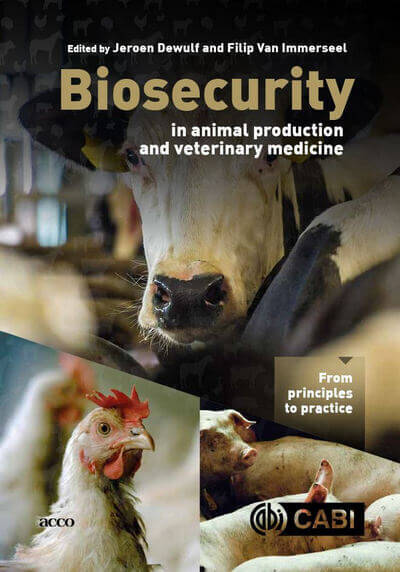
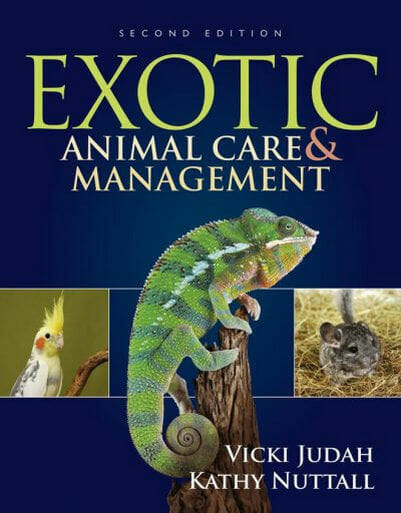
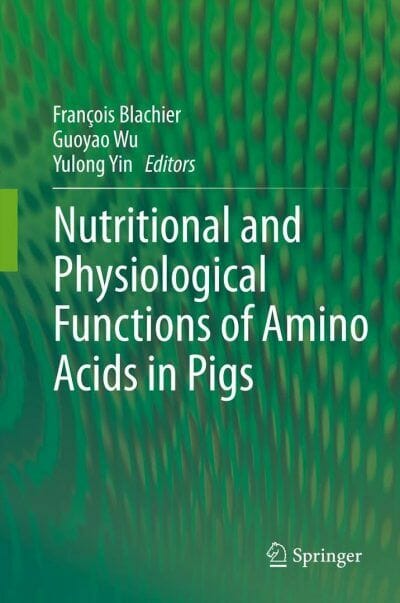

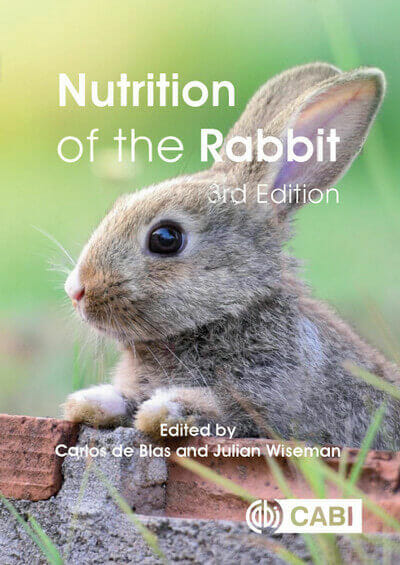








![Ettinger’s Textbook of Veterinary Internal Medicine 9th Edition [PDF+Videos] Ettinger’s Textbook of Veterinary Internal Medicine 9th Edition [True PDF+Videos]](https://www.vet-ebooks.com/wp-content/uploads/2024/10/ettingers-textbook-of-veterinary-internal-medicine-9th-edition-100x70.jpg)





